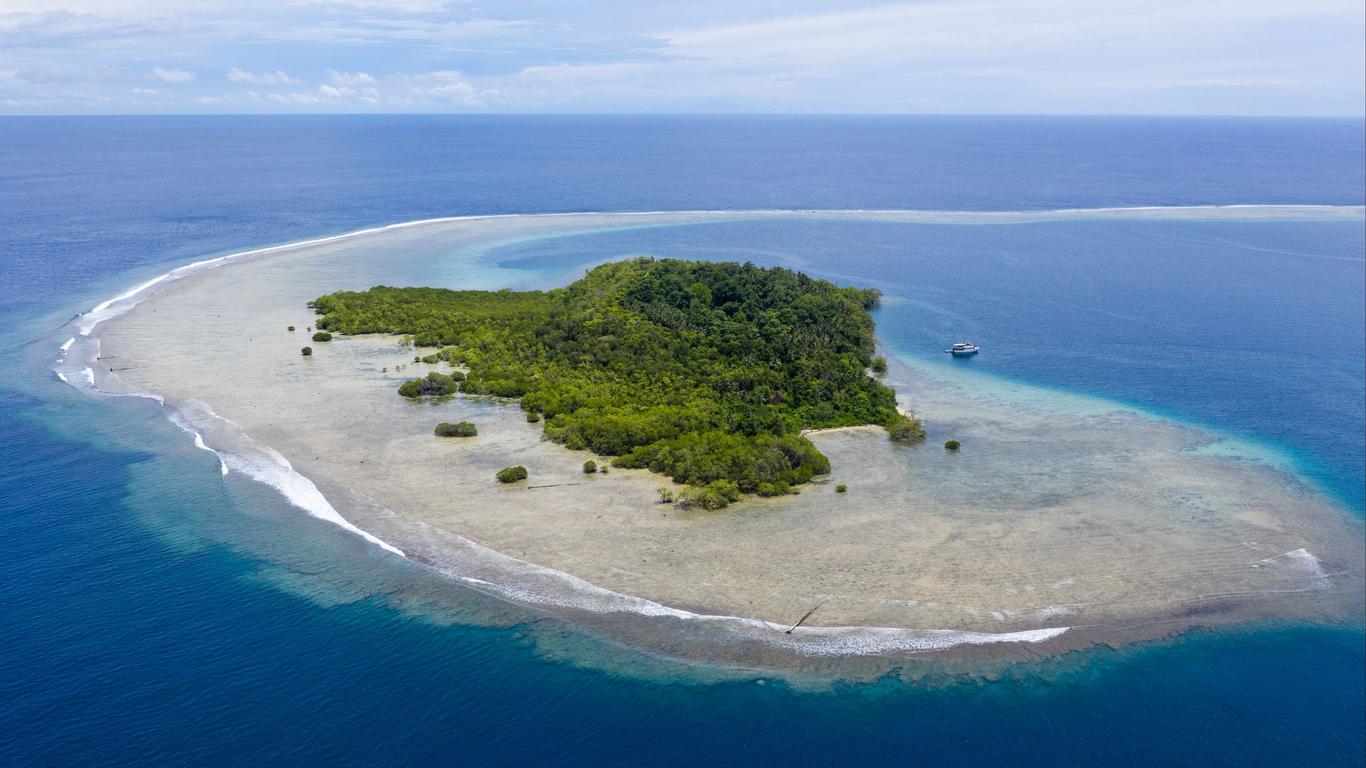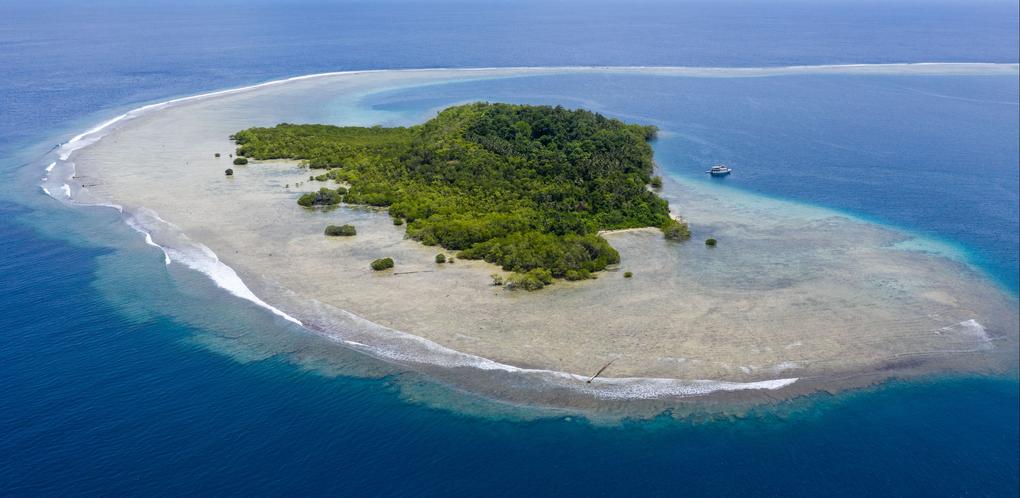
Papua New Guinea travel guide
Papua New Guinea Tourism | Papua New Guinea Guide
You're Going to Love Papua New Guinea
As one of the most culturally diverse countries with over 800 spoken languages, Papua New Guinea offers an immersive experience unlike anywhere else. Biodiversity is abundant and the warm tropical climate gives life to the vast rainforests. Whether seeking relaxation on a remote sandy shore or looking to understand more about the anthropology heritage, there is something for everyone.

What to do in Papua New Guinea
1. Explore Port Moresby Nature Park
A ginormous tropical garden spanning more than 30 acres, the park is home to native animals, such as cassowaries, wallabies, and crowned pigeons.
2. Witness the Asaro Mudmen
Tribesmen don traditional mud masks and complete an impassioned ceremonial dance that is simply unforgettable.
3. Understand the Past at PNG National Museum and Art Gallery
The permanent exhibition shows artefacts from across the country, which date back to the early 19th century and include musical instruments, ceremonial accessories, and maritime vessels.
4. Unwind at Yuo Island
A small island ringed by overhanging coconut trees, there's ample opportunity for peaceful snorkeling in the pristine blue waters.
5. See the Beautiful Parliament Haus
Not often do government buildings receive such grand architectural design, with traditional Maprik architecture effortlessly blending into lush surrounding gardens.
When to visit Papua New Guinea
As a tropical climate that experiences significant rain during the wet season, it's best to travel between May and October when it stays comparatively dry. It's still recommended to pack for short, heavy bursts of rain during this period, while daily temperatures sit around 82°F.
How to Get to Papua New Guinea
Entry requirements
Citizens of most nations, including the United States, European Economic Area, Canada, Singapore, and New Zealand, can acquire a 60-day visa upon arrival for no fee. Nationals from regional neighbors, such as Australia, Indonesia, China, and Vietnam, have visa exemption for up to 60 days.
Plane
The majority of international flights land at Jacksons Airport in Port Moresby from departure destinations that include Brisbane, Singapore, Hong Kong, Tokyo, and Denpasar. National carrier Air Niugini operates daily flights from Sydney for around 810-930 PGK (240-275 USD).
Car
It's only possible to cross the border from Papua at Skouw-Wutung, which is between the cities of Jayapure and Vanimo on the northern coast. Visas must already be arranged and a border fee of approximately 75 PGK (22 USD) is charged.
Popular airports in Papua New Guinea
Popular airlines serving Papua New Guinea
Where to stay in Papua New Guinea
Upscale hotels and guesthouses are available in large urban areas like Port Moresby, while remote villages, such as the highlands, offer a taste of more traditional accommodation in the form of lodges and converted huts.
Where to stay in popular areas of Papua New Guinea
How to Get Around Papua New Guinea
Public Transportation
Vehicles including buses and pickup trucks are known as PMVs and extensively operate within major cities. The routes pass by popular attractions and offer a budget-friendly transport option with fares available for roughly 2 PGK (0.60 USD). The services run regularly between 6:00 am and 6:00 pm.
Bus
PMVs also run between towns and cities, though departures are less regular and reliable than within cities. Popular destinations like Gonoka and Madang can be reached, while lengthy waiting times can occur in smaller villages as the driver will wait until the bus is full. Take caution when taking a PMV along Highlands Highway as the area is well-known for robbery.
Car
A valid driver's license from country of origin can be used for up to three months. It's recommended to rent a 4x4 vehicle as road conditions can be rather poor across the country.
Plane
Air Niugini and PNGAir are the two largest domestic carries and provide services to places such as Buka, Lae, Mount Hagen, Madang, and Wewak. Domestic flights usually take between 45-60min and cost roughly 340-440 PGK (100-130 USD).
The Cost of Living in Papua New Guinea
Eating out at a cheap restaurant costs roughly 50 PGK (15 USD). Papua New Guinea remains a largely cash-based society as credit cards are usually only accepted at high-end hotels.